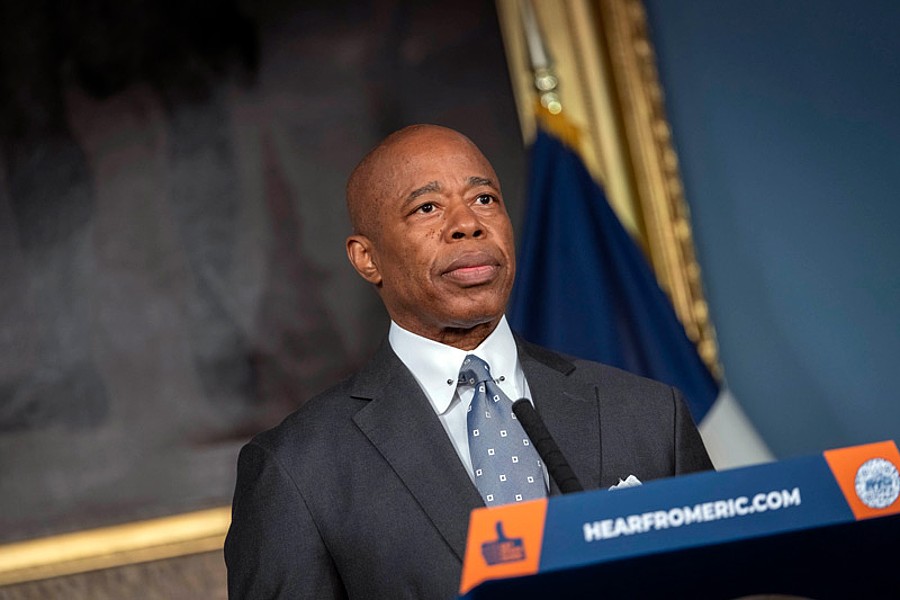
Nestled along the Hudson River, Harlem Cove may be all but forgotten today, but its impact on New York City’s growth remains profound.
“… first used by the Lenape people …”
Once a secluded inlet in West Harlem, this quiet harbor was first used by the Lenape people and later became a lifeline for early settlers, revolutionaries, and industrialists.
Let’s dive into the remarkable history of Harlem Cove and its transformation into a key landmark in upper Manhattan.
Moertje David’s Vly: The Beginnings of Harlem Cove
Before Harlem became a vibrant neighborhood, the land was a peaceful valley known as Moertje David’s Vly, or “Mother David’s Valley,” named by Dutch settlers in the early 17th century.
This scenic cove served as a vital fishing and transportation point for the Lenape people, who accessed its fertile waters via foot trails. As Dutch colonists arrived, Harlem Cove became their gateway to the Hudson River.
“… marking Harlem’s first European settlement.”
In 1637, Hendrick and Isaac de Forest, two Walloon brothers, gained permission from the Dutch West India Company to establish a tobacco farm in the area, marking Harlem’s first European settlement.
Alongside the de Forests, Dr. Johannes de la Montagne—a French-born physician and a relative of the family—became an influential figure, eventually managing the family farm.
The De Forests and Dr. de la Montagne laid the foundation for what would become Harlem, attracting settlers who ventured further from downtown New Amsterdam.
The unique geography and prime location of Harlem Cove gave the settlement a key strategic advantage, and before long, Harlem’s importance as a farming and trade area grew.
Harlem Cove’s Role in the American Revolution
Fast forward to 1776: Harlem Cove once again found itself at the center of historic events, this time during the American Revolution. Dubbed the “Hollow Way” by locals, the area’s ravines and hills became strategic assets during the Battle of Harlem Heights.
Led by General George Washington, American troops successfully held off British forces in an early morale-boosting victory.
Later that year, as British forces continued their push into Manhattan, Harlem Cove saw skirmishes during the intense fighting around Fort Washington, further proving the area’s military importance.
From Cove to Manhattanville: A New Vision for Upper Manhattan
In the early 1800s, as New York City expanded, Harlem Cove caught the eye of Jacob Schieffelin, a visionary entrepreneur. Seeing the potential of Harlem Cove’s natural harbor, Schieffelin led a group of merchants in 1806 to transform the area into a new village: Manhattanville.
The plan included developing streets, schools, and businesses, creating a bustling port for trade and transport.
“… a ferry … in 1808, connecting Manhattanville to New Jersey …”
The village even established a ferry across the Hudson River in 1808, connecting Manhattanville to New Jersey and boosting its commercial appeal.
By the mid-1800s, Harlem Cove was bustling with warehouses, icehouses, and factories, further establishing Manhattanville’s position as a trade hub.
Harlem Cove’s 19th-Century Transformation

As New York City‘s population boomed in the 19th century, Harlem Cove became an industrial and transportation center.
By 1885, Harlem Cove witnessed the testing of New York City’s first electric cable car—a testament to the neighborhood’s modernity and significance in the city’s expanding infrastructure.
Over time, the cove evolved from a peaceful inlet into a hive of economic activity, lined with wharves and factories.
Legacy and Rediscovery: Harlem Cove Today
Today, Harlem Cove lies beneath layers of urban development, yet its legacy endures in the character of West Harlem. The West Harlem Piers Park, located near the former cove, offers a nod to the area’s maritime past, where modern-day residents and visitors can enjoy the Hudson River waterfront.
As we walk along these shores, Harlem Cove’s story lives on—a testament to a hidden harbor that shaped Harlem’s development and contributed to New York City’s illustrious history.
“… leaving a legacy of resilience …”
From a Lenape fishing spot to a Revolutionary battleground and a thriving industrial port, Harlem Cove has weathered centuries of change, leaving a legacy of resilience and transformation in upper Manhattan.
Become a Harlem Insider!
By submitting this form, you are consenting to receive marketing emails from: . You can revoke your consent to receive emails at any time by using the SafeUnsubscribe® link, found at the bottom of every email. Emails are serviced by Constant Contact








